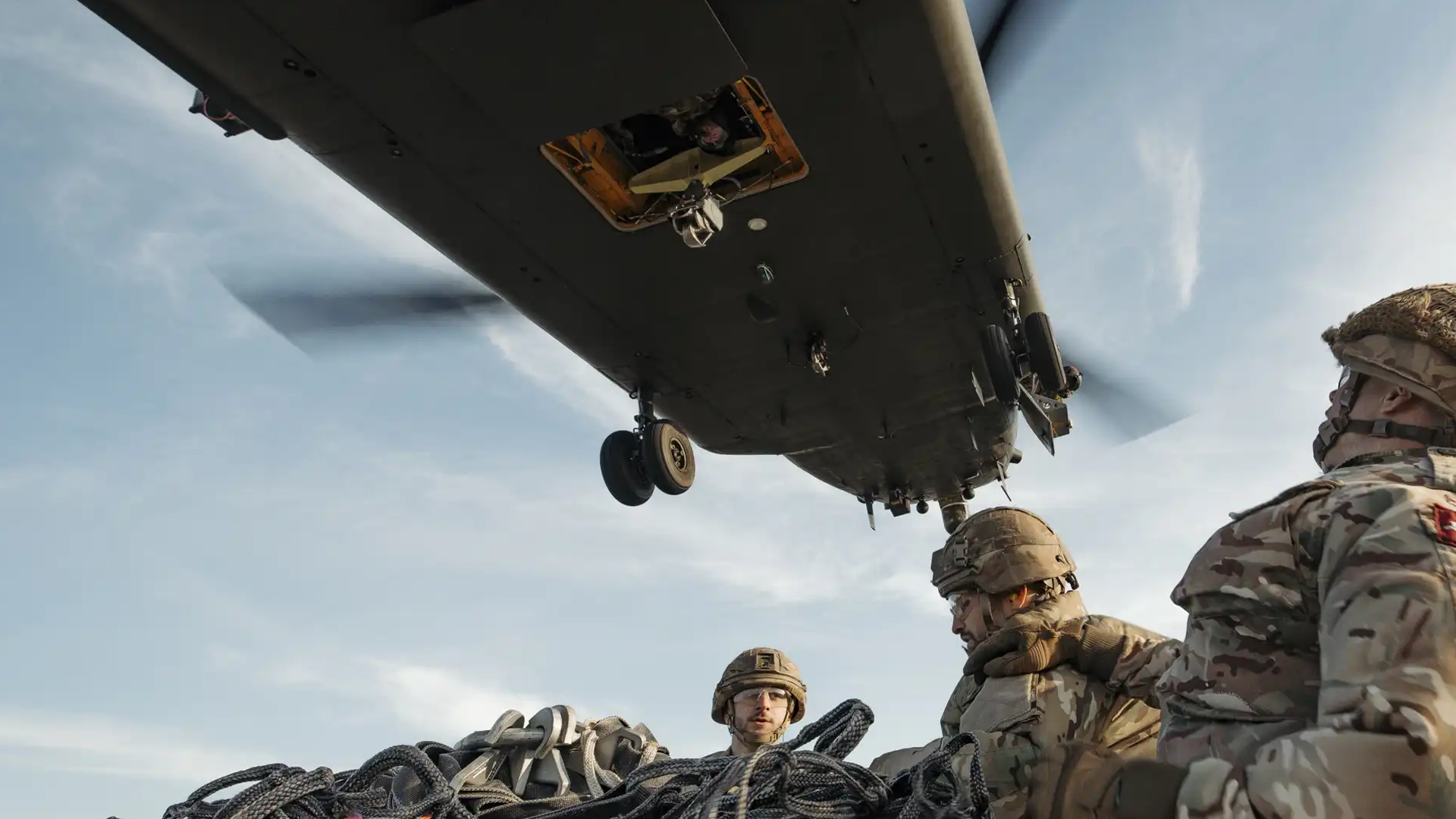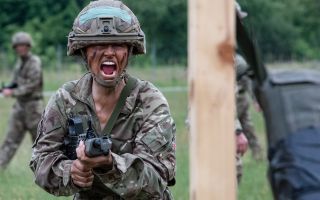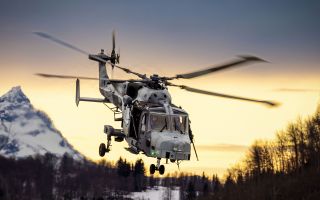
Chinook hovers just inches above troops' heads during load training with 7 Para RHA

Soldiers from 7th Parachute Regiment Royal Horse Artillery have completed air mobility training with a Chinook helicopter at Merville Barracks in Colchester – with the aircraft hovering just inches above their heads.
The exercise, conducted with RAF No. 18 Squadron, saw ground crews from 7 Para RHA rigging and securing 105mm light guns as underslung loads beneath the Chinook.
The training tested soldiers' ability to safely prepare heavy equipment for aerial lift in high-pressure, close-proximity conditions.
- Healey apologises after gagging order lifted, revealing how Afghans' details were leaked
- Wallace: I make no apology for Afghan data breach injunction and it was not a cover-up
- 'I felt sick': Former Army officer says UK has failed Afghan allies left behind after data breach
Warrant Officer Class Two Peter Lowthian of G Battery, who organised the session, said: "Our thanks go to No. 18 Squadron for supporting us on this exercise. It enabled our soldiers to complete the final stage of their rigging, marshalling and commanding landing points course.
"Each load lifted and handled very differently, so the training was also of benefit to the crew of the RAF Chinook."

Throughout the afternoon, soldiers also practised lifting reconnaissance vehicles and other kit weighing more than two tonnes using nets and strapping systems.
While these loads were well within the aircraft's capacity, they required precision teamwork to attach and lift safely.
The RAF's twin-rotor Chinook can carry up to 10 tonnes as an underslung load, giving British forces the flexibility to move artillery and vehicles into hard-to-reach areas without relying on ground convoys.
Air mobility like this played a key role in Nato operations in Afghanistan, where helicopters delivered supplies and firepower to remote forward operating bases.
Regular training ensures that the skills – and the coordination between Army and RAF personnel – are maintained for future operations.









